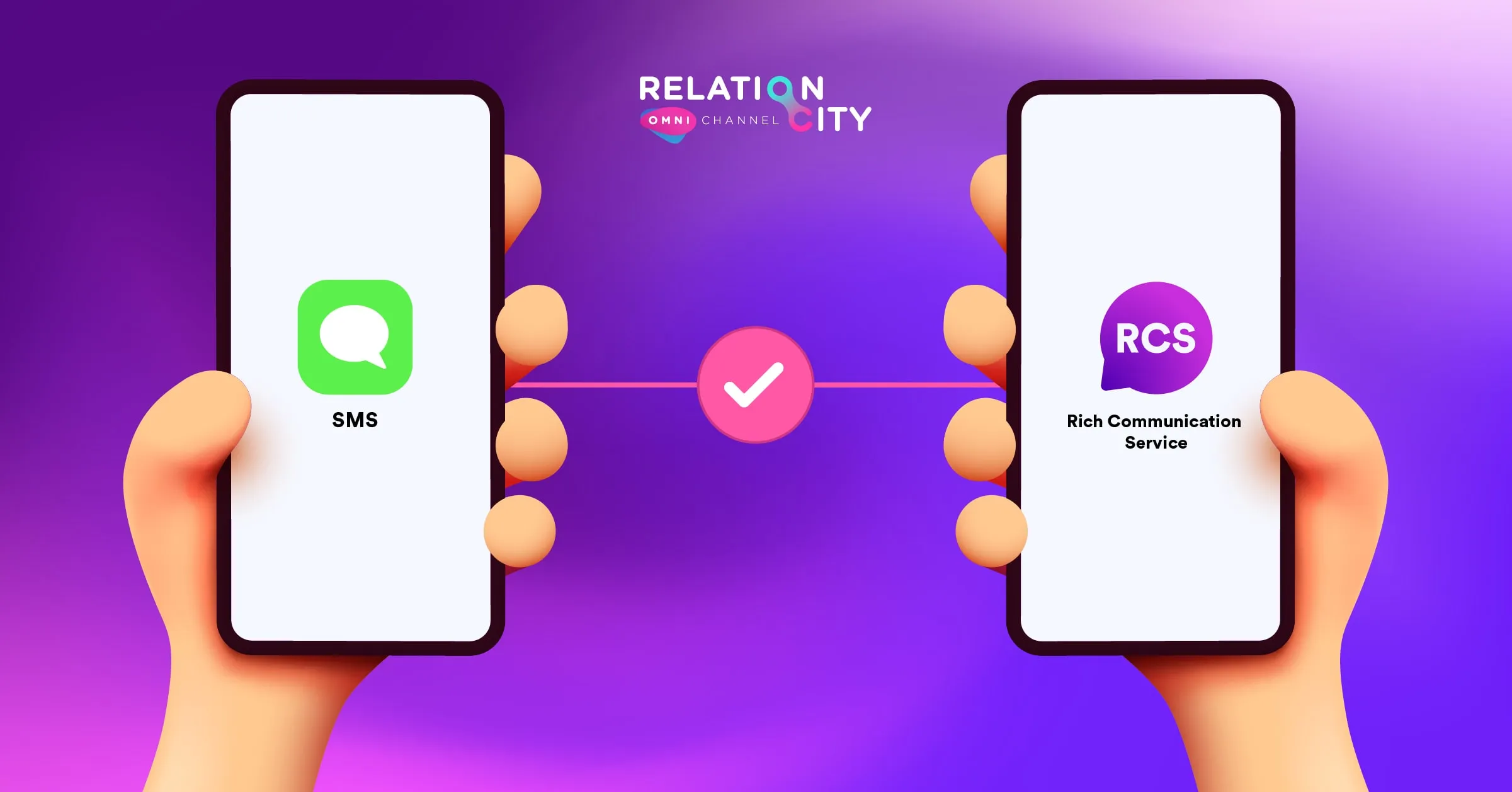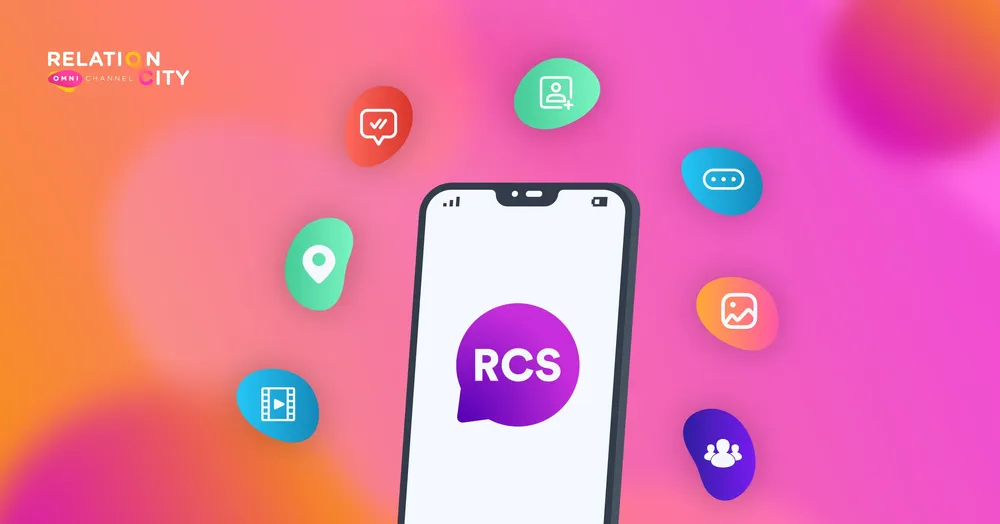Anyone who has dipped their toes in the telecom world will know that there are plenty of abbreviations to keep track of: SMS, MMS, MCC and MSISDN just to name a few. But one more has been part of the industry for a while but is worth paying extra attention to in the coming time: RCS, meaning Rich Communication Services.
Even though the technology goes all the way back to 2008, 2024 is shaping up to be the breakthrough year of RCS. If you’re scratching your head wondering what RCS is and how it’s different from our good old SMS, you’re not alone. So, let’s break it down and see why everyone’s talking about it.
What is RCS?
RCS is short for Rich Communication Services and is what we call a ‘multimodal technology’, which basically means that it is the Swiss Army knife of mobile communication – it supports a bunch of different media types, such as text, image, video, sound bites and group chats.
RCS ups the game for both the receiver and sender of the message: It gives the receiver more options in how they can interact (through buttons and suggested responses), and the sender gets more data to analyze, e.g. open rates and the number of users who have interacted with the messages.
You might be thinking, “This sounds a lot like those messaging apps we all use, like Messenger and WhatsApp.” And you’re not wrong at all. RCS shares a lot of similarities with these “Over The Top” (OTT) apps. But here’s the thing – all newer phones are ready-to-go for RCS without the need to install any app, meaning that it creates a more integrated and streamlined experience as well as making each interaction richer and more dynamic.
It’s also worth pointing out that RCS is already in use on many phones – according to Google, there are currently one billion users worldwide, with the central player being mobile phones that use Android as their operating system.

What is the difference between RCS and SMS?
RCS and SMS are two sides of the same communication coin in the sense that they are both supported by telecom companies as the message types are delivered through the infrastructure of the telecom companies.
As described above RCS offers an app or web-like experience for users without needing an actual app download. But here’s the catch – even though there is no need for an app, RCS still relies on Wi-Fi or mobile data to work. That means that even though RCS seems like the more obvious choice due to its many features, SMS isn’t going out of fashion at all – it’s still the go-to for reliability and universal reach.
Let’s have a look at a scenario where both come into play: Imagine an airline using RCS to send interactive boarding passes and live travel updates. Super handy, right? But what if the internet is down or mobile data is out of reach? That’s where SMS comes in handy, as a way to ensure that the delivery of crucial details like flight and gate number make it to the receiver. In such cases RCS and SMS work together, each playing to their strengths.
Is RCS better than SMS?
As described above, RCS is like SMS with a dash of extra features – but it needs the internet to work its magic. So even though it might be more sophisticated, it still misses the universality that SMS has.
However, SMS and RCS go well together. And we can take a real life case from Virgin Trains as an example:
Virgin Trains teamed up with Vodafone and an agency to roll out an RCS communications program. This meant that the commuters could arrive at London’s Euston Station, and would then immediately get an RCS message from Virgin Trains – the message was interactive and could provide helpful information like the latest tube updates. The response from the commuters was stellar. Everyone loved it, and not a single person wished to opt out.
But here’s the thing – Virgin Trains still swear by SMS. They see its value in their communication strategy as a trusty backup when RCS is not an option.
So in the great ‘RCS versus SMS’ debate, it’s not about who’s better. It’s about how they both play their unique roles in keeping us connected.
Can everyone receive RCS messages?
RCS messages are becoming a big deal, with over a billion users worldwide already in the club. But as mentioned above, these are mostly Android users. The reason for this is that so far, Apple has not joined in on supporting RCS yet which has been a bit of a roadblock, limiting RCS’s reach to mostly Android phones.
When Apple joins the RCS movement, then that could be the moment it truly becomes universal. So when will that happen?
Why 2024 is a defining year for RCS
2024 is shaping up to be a game-changer for RCS – thanks to a surprise move by Apple in November 2023. This was what Jacqueline Roy, Apple’s spokesperson, said:
“Later next year, we will be adding support for RCS Universal Profile, the standard as currently published by the GSM Association.”
And why exactly is this a big deal? It is because RCS needs both sender and receiver to be on board – from their devices to their carriers. And Apple has been holding off joining the RCS movement for a long time even though both Google and Samsung have been rooting for Apple to join for a long time. In the past, Apple has mainly voiced security concerns as the reason why they have not initially supported RCS, but that is now about to change.
However, iMessage will still be the main channel for iPhone users. RCS on the other hand stands to be the bridge to Android users. It’s important to note, though, that RCS still has to catch up on especially end-to-end encryption and meshing with iMessage. Plus, we’re all waiting to see just how Apple will roll out RCS support and if it’ll play out differently on Android phones.
RCS hasn’t had a one-size-fits-all approach globally, and Apple’s entry could stir the pot even more. It’s a snapshot of the messaging industry’s double-edged sword – expanding communication while juggling privacy and security.
But everything points to 2024 becoming quite the year for RCS, and we cannot wait to follow the development. Stay tuned!
